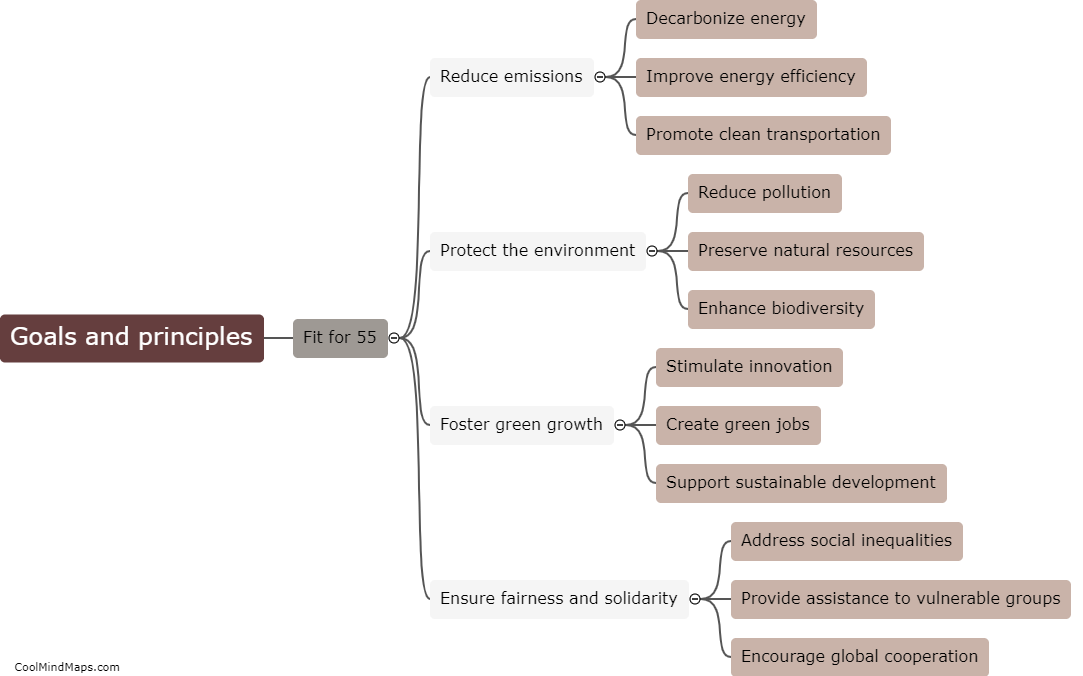What are the principles of landscape architecture?
The principles of landscape architecture encompass the fundamental concepts that guide the design and planning of outdoor spaces. These principles revolve around creating harmonious and sustainable environments that meet both functional and aesthetic objectives. Some key principles include: spatial organization, which involves arranging elements in a logical and intuitive manner; proportion and scale, which ensures that the size and relationships of elements are visually pleasing and appropriate for the site; harmony and unity, which creates coherence and consistency within the design; hierarchy, which establishes a clear order and emphasis among different elements; and sustainability, which promotes environmental stewardship and considers long-term impacts. Overall, these principles aim to create landscapes that enhance human well-being, respect the natural environment, and create memorable and meaningful experiences for users.

This mind map was published on 16 November 2023 and has been viewed 82 times.











